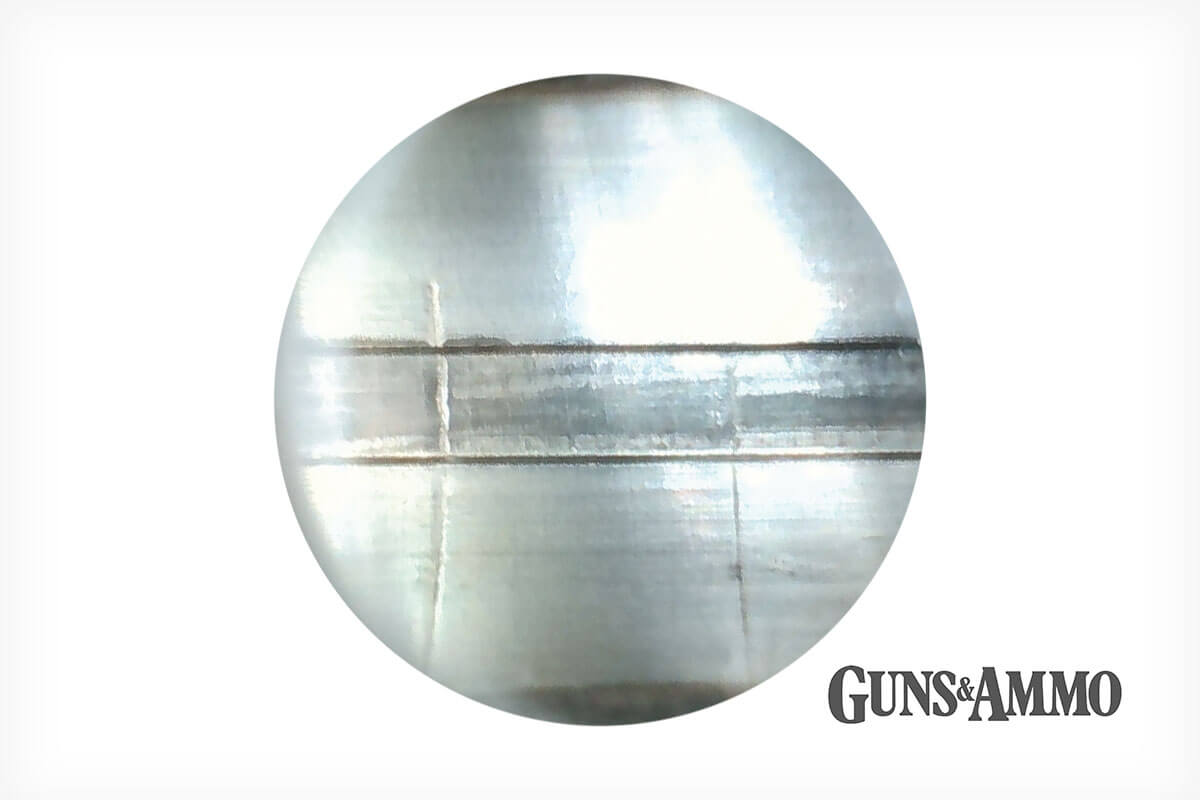Lol, I don't have any documentation for my first 200 rounds with any of my barrels because there's nothing to document. I don't do anything other than send rounds downrange.
While I don't do any traditional barrel break-in procedure, I do consider the first 200rds a "break-in period", because, as mentioned earlier, the rounds are doing the final lapping/polishing of the barrel and it will speed up during this time because, science.
I don't do any real form of load development during the first 200 beyond picking a generic charge weight/speed out of thin air (really more of an educated guess for a middle-of-the-road charge based on known load data). Sometimes I'll try different bullet jumps/seating depths to get an idea about what jump range the particular barrel/bullet combo might like, but nothing is set in stone.
I pick "200" because I've had barrels that stopped speeding up after ~100rds, but then have also had a couple that that didn't settle down until ~150ish, so since then, 200rds it is, and all have been good/stable speed-wise with every one since.
After I've shot 200 rounds, I clean the barrel. I only use Boretech Eliminator, the Boretech nylon brushes, and cotton patches, that's it. No pastes or abrasives of any kind, ever. Going forward, that's the only stuff I use and the way I clean the barrel, every 200-400ish rounds, for the rest of its (hopefully long) life. I've never understood the obsession some guys have about bringing the barrel back to squeaky raw-steel-clean... kind of sounds like an easy way for one to mess up a perfectly good barrel to me honestly.
No bore scoping or any of that because what the barrel looks like is of no consequence to me (and might only make me fuck with it more than I probably should when it should just be left alone... ignorance is bliss they say). One could probably call me "anti-borescope" in a sense. To me, it sounds like lots of guys were better off when borescopes were too expensive for everyone to have one in their toolbox. I mean, if I ever have a problem that necessitates me using one to figure out what is going on (like a carbon ring/donut or something), then sure, but otherwise, nope.
I included all that because, as you can probably tell, my barrel break-in ethos is more of a "do no harm" philosophy than anything else.

 www.gunsandammo.com
www.gunsandammo.com



